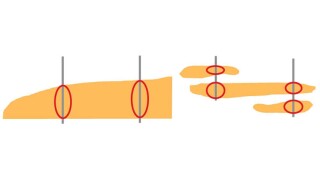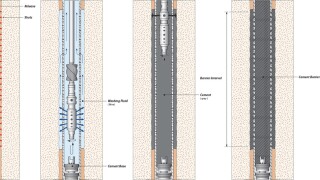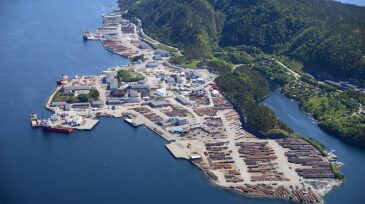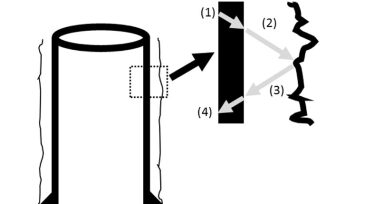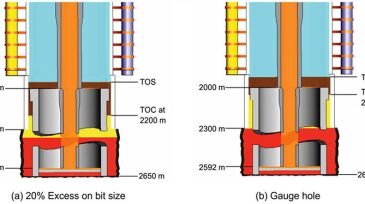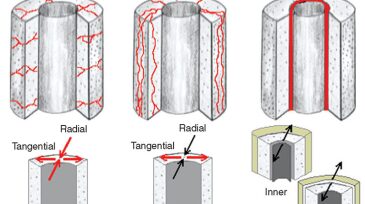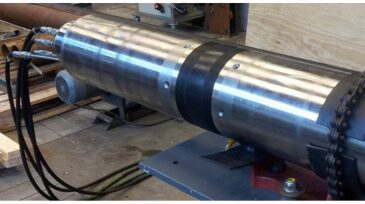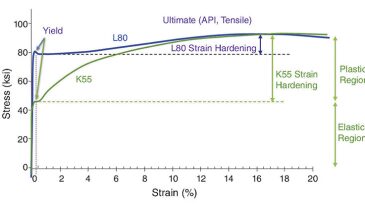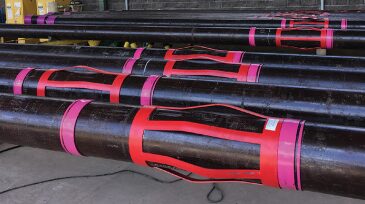Casing/cementing/zonal isolation
This paper expands the understanding of geopolymer/microsphere interactions and presents design considerations for alternative cementing materials under low-temperature regimes.
This paper describes an alternative lower-completion concept for developing Lower Wilcox reservoirs referred to as high-angle multifractured well design.
This paper presents a comprehensive literature review of perforate, wash, and cement techniques that compares new methods with traditional ones and uses field cases and computational fluid dynamics to find the most cost- and time-effective practices without sacrificing safety.
-
The $10 million/year contract covers the inspection and mobilization of casing and tubing at two Norwegian sites and includes extenstion options in 2020 and 2022.
-
This paper reviews the technology trends in cement-job evaluation using logging tools and considers the main advantages and concerns associated with each technology.
-
This paper reviews a successful managed-pressure-cementing (MPC) operation and presents findings and lessons learned.
-
Operators at a UAE field experienced several challenges while cementing production sections. A systematic approach was applied that used standard cementing best practices as a starting point.
-
As I read through the abstracts and papers that have been presented in the past year, I notice several key themes: verification of cement placement, development of new materials as a barrier, development of new additives to improve the cement barrier, and enhancement of existing techniques.
-
This paper presents a concept that enables simultaneous drilling and completion, with an aim to extend well reach substantially and with an ultimate objective of constructing 30-km-long production wells.
-
Wellbore-construction methods, especially casing-and-cementing practices for the protection of freshwater aquifers, have been reviewed in the Piceance, Raton, and San Juan Basins in Colorado.
-
A new attachment system overcomes the limitations of traditional methods for securing tools and accessories to drilling and completion strings.
-
Brazing technology allows metallurgical joining of dissimilar materials by use of a filler material.


